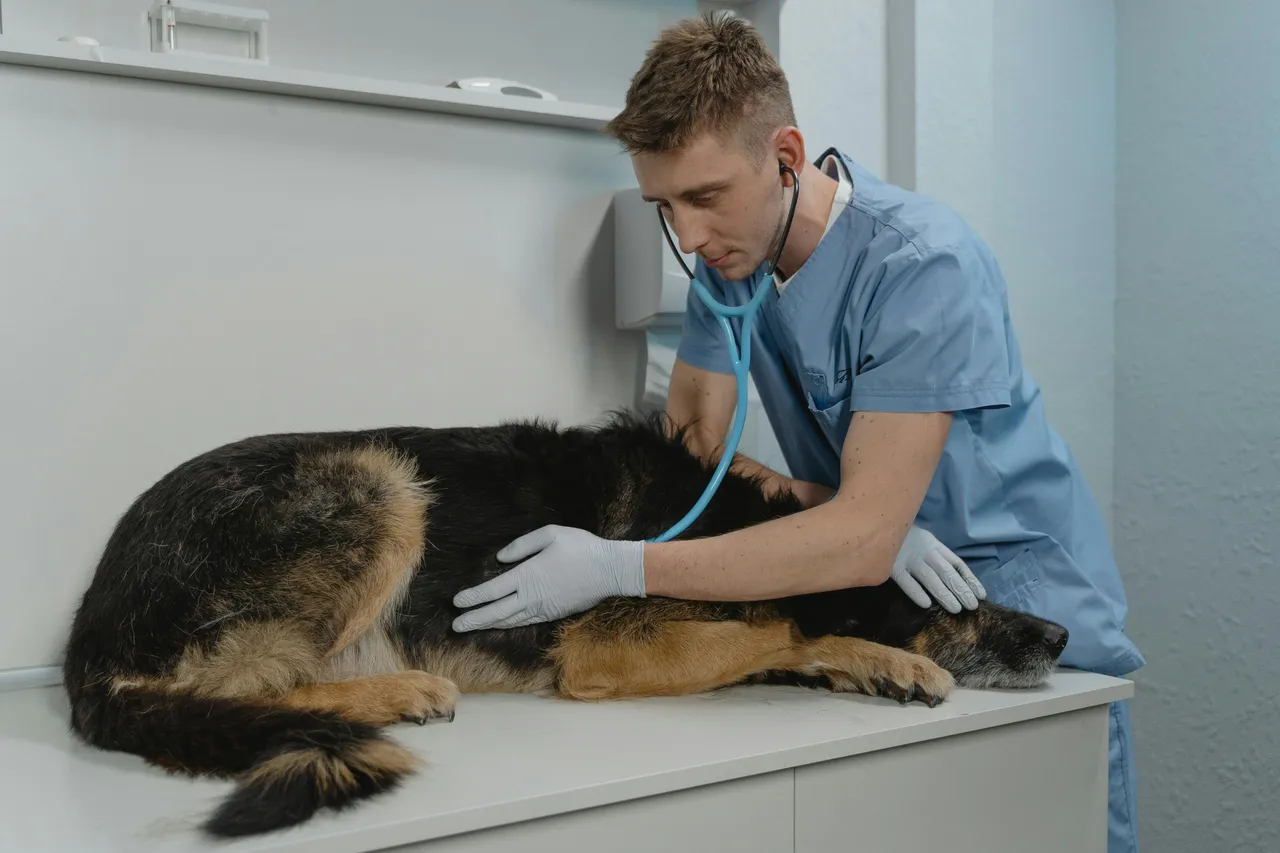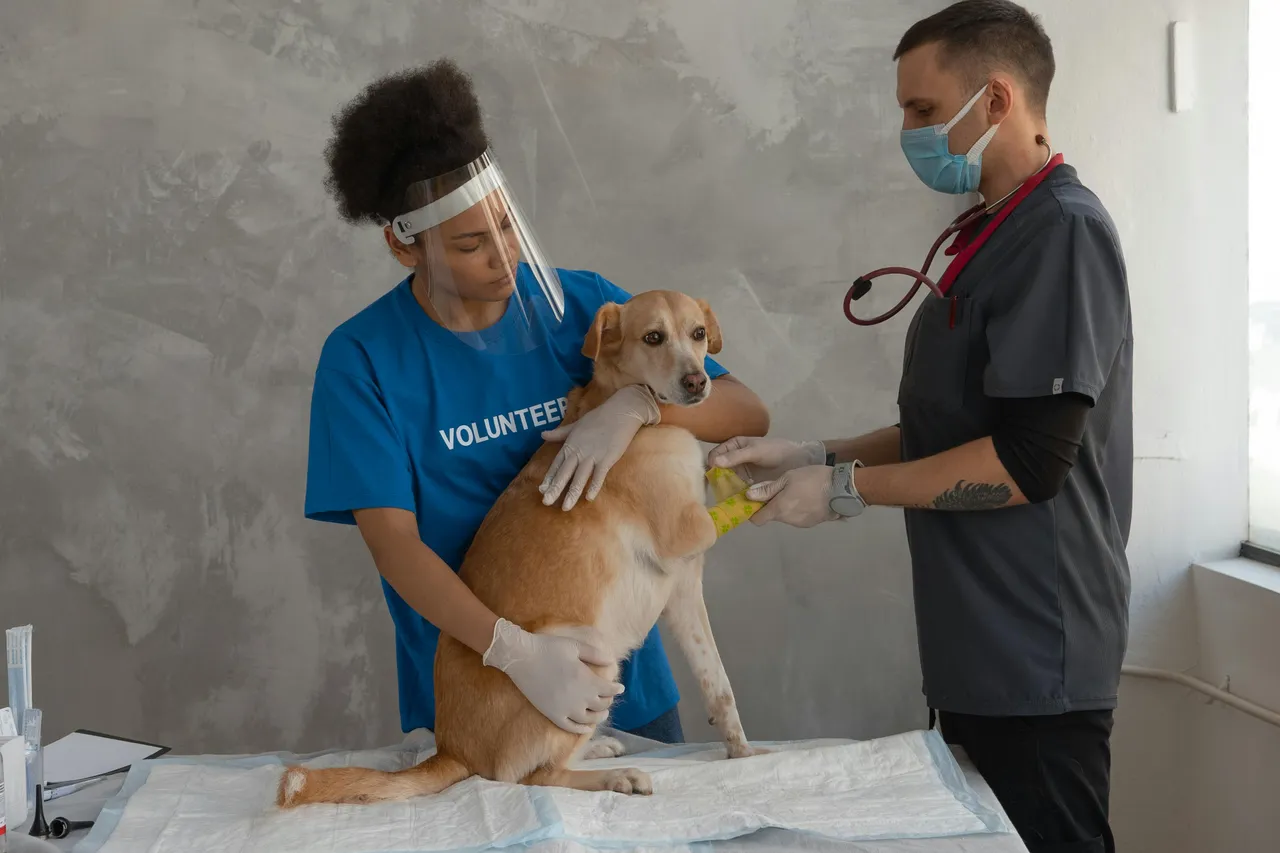While this looks just like a basic simple topic, I believe it is something pet owners need to bear in mind and understand a lot, knowing that our pets cannot speak, understanding the signs they try to give, will help us guess what may be going on and visit a veterinary clinic as soon as possible where appropriate tests will be conducted. We can understand properly what the problem is.
You may be familiar with people using their hands to feel the nose of their dogs; this way, they believe they can detect if they have a fever. This home test makes pet owners believe their pet is fine when their nose is wet and cold, and when the nose is hot and dry, it possibly indicates the presence of a fever. Experts believe that while this idea is not wrong, it is usually much more complicated than simple touching; this nose test alone is not sufficient to present an accurate assessment of fever.
Changes in the act of your pet, changes in appearance, feeding habits, and bathroom habits need to be watched out for. At the early stage of an illness, your pet may begin to act withdrawn, unusually aggressive; this is an indication that something may be wrong. Let me try to explain some of the possible symptoms one after another.
Behavioral changes are usually the first thing you will notice when your pet is ill; they may begin acting either withdrawn or aggressive. The once playful pet may lose interest in playing with toys. New fears and anxiety being displayed are also an indication of a need to visit a vet clinic.
Sudden changes in appetite and thirst are signs to watch out for, too, as a sudden increase or decrease in food and water could indicate the presence of an underlying condition. Alterations to urine color and defecation pattern need to be watched out for; sudden frequency increase or decrease are signs to look out for, too.
Appearance is another important indication that can help us tell if something is wrong. Looking out for changes in fur texture, growth of lumps or bumps underneath the skin, sudden changes in weight either to lose or to gain, dull coat or looking unkempt, look out as well for cloudiness, discharge, and discoloration from the eyes.
Breathing pattern changes can be a signal of potential health issues; this could indicate the presence of lung disease, respiratory infection, or other heart problems. When breathing is slow or comes with discomfort, it can be a sign of pain or discomfort. Coughing, breath shortage, and wheezing, during exercise or rest, demand an urgent visit to the vet clinic.
There are digital thermometers made for pets. You can get one and add it to your first-aid kit for your pets. When you check the temperature of your pet and it is at a high level, you should report to a veterinary clinic immediately. A dog is believed to have fever when temperature gets to 103 degrees or higher, reporting to a vet clinic at a time like this is important because when the temperature gets to 106 degree or higher than that, the internal organs can begin to get damaged so it is better not to wait until that time.
When your pet begins to vomit or experience nausea, it may be an indication of gastrointestinal problems, accompanied by other symptoms like drooling, frequent burping, and restlessness. Bleeding from your pet is not something you want to take for granted; an injury from a puncture wound is usually more severe than it looks and should be instantly examined by a vet.

